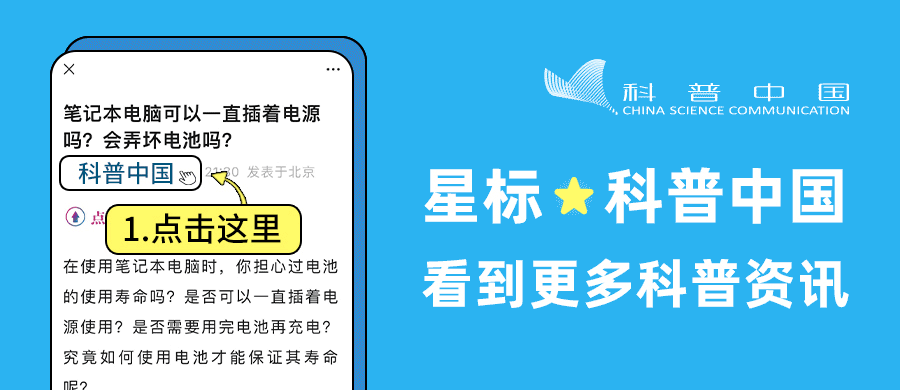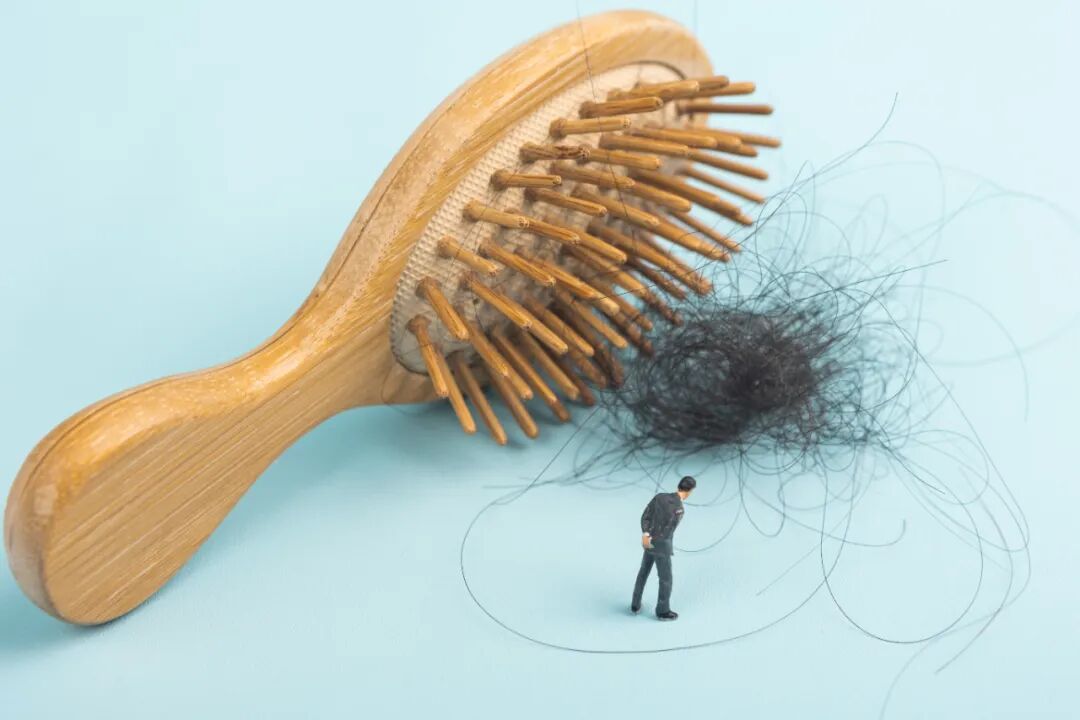 Hair loss is a nightmare for young people. Modern technology can provide hair transplants to achieve a full head of hair, but hair transplants do not create new hair follicles from scratch; instead, they extract follicles from the back of the patient’s head, which is a process of robbing Peter to pay Paul. So, are there other methods to obtain hair follicles? In November 2023, American scientists published research in Science Advances stating that they successfully printed the world’s first functional hair follicle.Click the video to see more ↓
Hair loss is a nightmare for young people. Modern technology can provide hair transplants to achieve a full head of hair, but hair transplants do not create new hair follicles from scratch; instead, they extract follicles from the back of the patient’s head, which is a process of robbing Peter to pay Paul. So, are there other methods to obtain hair follicles? In November 2023, American scientists published research in Science Advances stating that they successfully printed the world’s first functional hair follicle.Click the video to see more ↓
What is a hair follicle?
First, let me introduce what a hair follicle is. Many people notice their hair thinning and start to pay attention to their hair, but what they should really focus on is the hair follicle, as it is crucial for hair growth.The hair follicle is a skin appendage responsible for hair growth. Without hair follicles, there would be no hair. Hair follicles have a cyclical growth pattern, controlling the normal growth phase, regression phase, and resting phase of hair, which together form the hair growth cycle. The main function of hair follicles is to provide nutrients for hair and they also have secretory functions.First, let’s talk about nutrient provision.The root of the hair is located in the hair follicle, which contains dermal papillae that provide nutrients to the hair, allowing it to grow normally. After hair falls out due to metabolic processes, new hair will grow again from the hair follicle, maintaining a balance in hair quantity.Next is the secretory function.Hair follicles contain glands that can secrete oils, sweat, etc., which help protect the skin and maintain moisture and temperature.The hair follicle is part of the skin tissue, which is a complex organ containing over 50 different cell types, including epidermis, dermis, and subcutaneous tissue, as well as skin appendages.Every year, over 6 million patients are hospitalized due to severe skin damage caused by heat and pressure injuries, chronic diabetic ulcers, or hereditary blistering skin diseases.To address this issue, the idea of bioengineering human skin constructs (HSC) has emerged.What does bioengineering construction mean? It refers to constructing the models we need in vitro, which in this case means artificially creating complex skin structures through various means, where 3D printing technology can play a significant role. Copyrighted images; unauthorized use may lead to copyright disputes.
Copyrighted images; unauthorized use may lead to copyright disputes.
Can hair transplants be done without removing the patient’s hair follicles?
So, what is 3D bioprinting? It uses a computer 3D model as a “blueprint” and assembles special “bio-ink,” which is a type of ink produced by processing tissues or organs to remove cells. This new technological method ultimately manufactures artificial organs and biomedical products layer by layer.Through 3D bioprinting technology, these patients are provided with skin replacement therapies that have considerable application potential. However, because the skin structure is quite complex, the structure of a hair follicle alone includes sebaceous glands, arrector pili muscles, root sheaths, and other structures.Therefore, constructing skin requires overcoming challenges step by step. A significant piece of good news is that the scientific team from Rensselaer Polytechnic Institute recently successfully cultivated hair follicles in human skin tissue using 3D printing technology in a laboratory environment. This means that in the future, we may be able to perform hair transplants without extracting the patient’s hair follicles, providing a better treatment experience for those with hair loss.Dr. Pankaj Karande stated: “The current success is merely a proof of concept, confirming that hair follicle structures can be created using 3D bioprinting in a highly precise and repeatable manner. This automated process is essential for making future skin biomanufacturing possible.”In the experiment, scientists first allowed skin and hair follicle cell samples to divide and proliferate in the laboratory until there were enough printable cells. Next, researchers mixed each type of cell with proteins and other materials to create the “bio-ink” used by the printer. Using extremely fine needles to deposit the bio-ink, the printer constructs the skin layer by layer while also creating channels for the deposition of hair follicle cells. Over time, skin cells migrate to these channels surrounding the hair follicle cells, reflecting the hair follicle structure present in real skin.Currently, the lifespan of these tissues is only two to three weeks, which is insufficient for hair shaft development.The research team’s future work aims to extend this period, allowing hair follicles to mature further and paving the way for their application in drug testing and skin transplantation.In the future, these hair follicles could be used in skincare products, drug testing, hair transplants, burn treatment, simulating skin structures, and more.After reading this, do you feel a little less fearful about hair loss? Let’s hope that scientists succeed in their research soon!
Planning and Production
This article is a work of the Science Popularization China – Starry Sky Project.
Produced by | Science Popularization Department of Science Popularization China
Supervised by | China Science and Technology Publishing House Co., Ltd., Beijing Zhongke Xinghe Cultural Media Co., Ltd.
Author | Zhou Yu, Deputy Chief Physician, Dermatology Department, Traditional Chinese Medicine Hospital, Changping District, Beijing
Reviewed by | Wei Aihua, Chief Physician, Dermatology Department, Beijing Tongren Hospital, Capital Medical University
Editor | Yi Nuo
Related Articles
1. Most of the down jackets you send to the dry cleaner are washed with water! (Includes home cleaning tips)
2. Will wearing clothes immediately after a shower cause vaginitis? 9 little-known facts related to women!
3. Ouch! The repeated growth of hangnails on your hands is not due to a vitamin deficiency, but…
4. Check if your toilet paper is placed incorrectly!
5. How did the “leg-baring artifact” become a “beauty torture device”?

Light up “Looking”
Let’s learn together!
